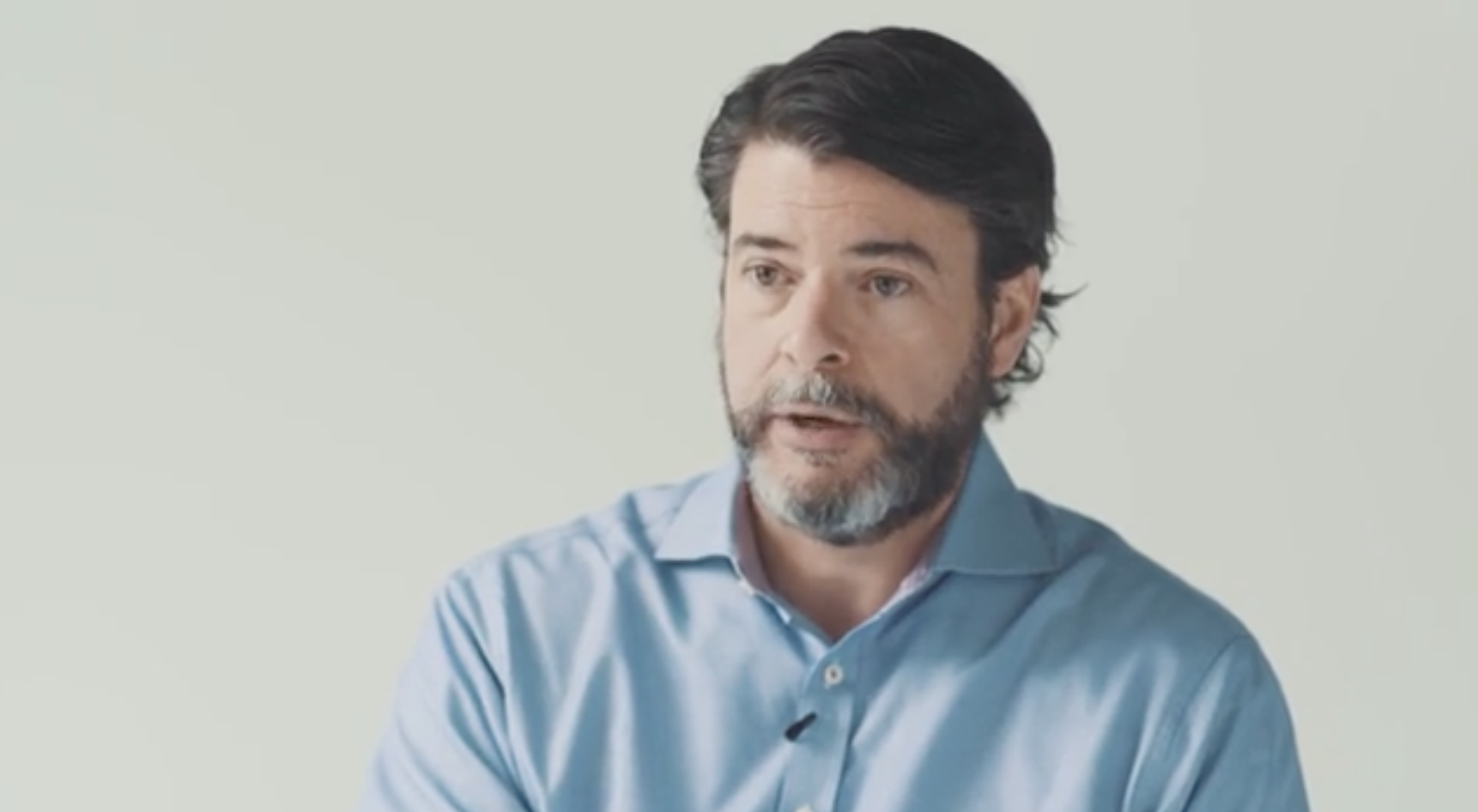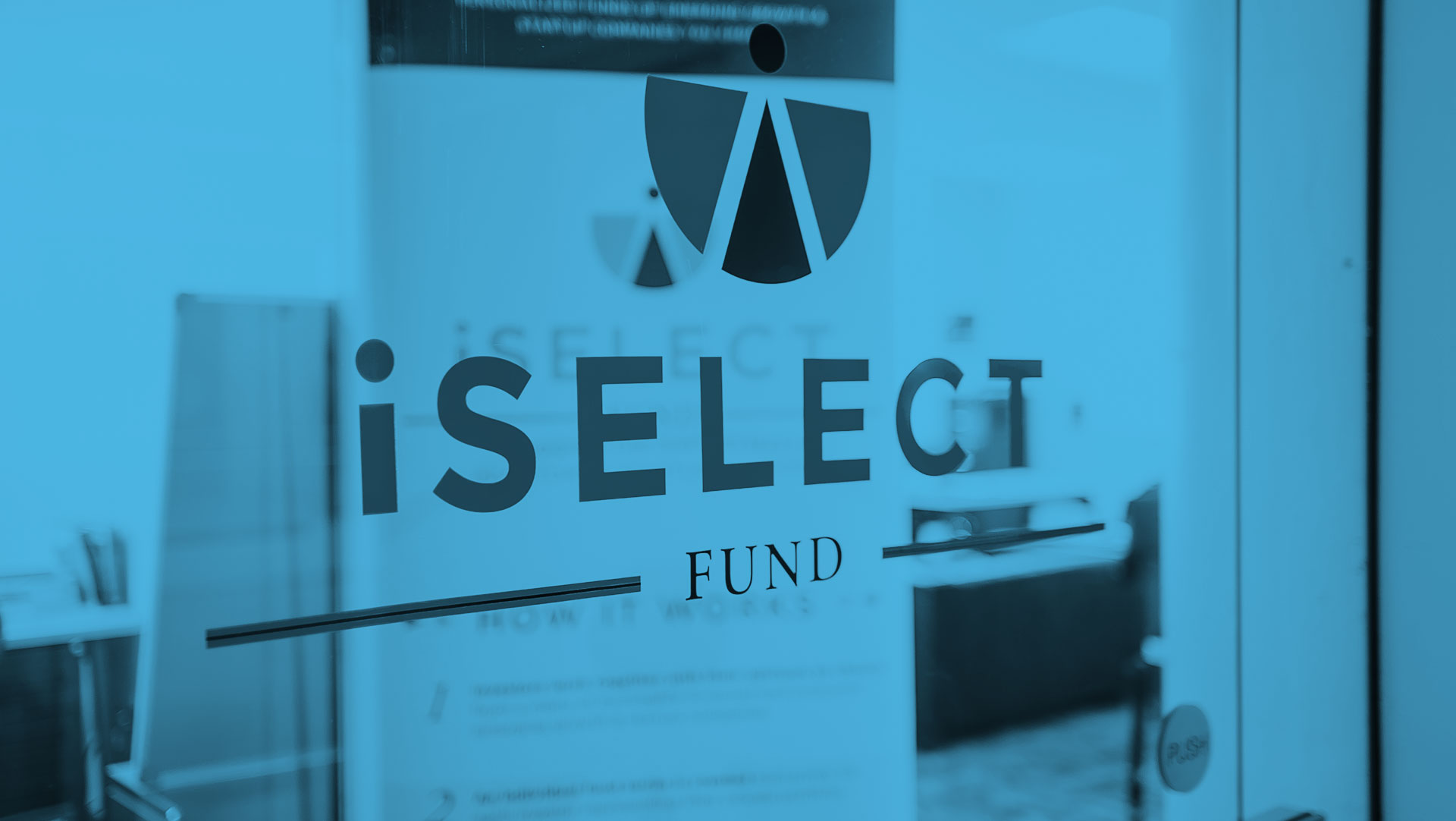Once your big idea has come to life as a successful start-up, what’s next?
How do you achieve a steady ascent that makes your small company and your investors happy?
Getting the exit right can mean everything for a start-up— but what does that look like for food and agriculture companies, specifically? Whether sale, acquisition, or going public— there’s no easy answer and timing is everything. Here’s a look at the options.
Public Exits
An IPO is the end-game for many start-ups. It offers acquisition currency, ease of raising capital, future funds, follow-on offerings, a source of liquidity, and a way to attract and retain employees. But, public spotlight comes with its challenges, says Lindsay Carlson from William Blair. “You definitely want to have your eyes wide open.”
First, achieving an IPO is very costly. “Typically, we like to see 75 million to get investor interest,” she says. It’s also time intensive. “You spend a year plus leading up to getting IPO ready. You can go public in four to five months, but it’s something that has to be your goal.”
S2G Capital had a recent IPO exit with Beyond Meat, which surged 163% in one day, skyrocketing from $25 a share to around $65. And, it still has momentum, with shares now trading more than 550% above their May initial-public-offering price of $25. Not all IPOs will experience similar results.
That rising price upset some people, however, according to Sanjeev Krishnan from S2G Capital. “Because the stock wasn’t priced high enough, it left money on the table that didn’t get extracted.”
As investors, our job really is to find the best price on the entry and get the best exit…at the end of the day we’re supposed to return money to our investors. So, what happened with Beyond Meat that its investors didn’t predict?
First, Beyond Meat is different. “There’s no other publicly traded consumer product company like it out there. In part because it’s extremely differentiated, there was a huge demand,” says Carlson. “The company was on the road for seven days and the deal was over 35 times subscribed, so they were not able to give everyone stock that wanted it. They increased the price from $19-21 (five times revenue) to $23-25 (seven times revenue). Moreover, the top 10 shareholders received 40%, meaning there were a lot of people just getting little bits of stock, driving high demand. That resulted in lots of people wanting to buy in the aftermarket,driving up the value right away.”
Part of Beyond Meat’s success is thanks to a changing consumer-demand for better food. Explains Krishnan, “Foodis a $1.2 trillion system and the consumer is starting to change it, voting with their pocketbook for sustainability and health.” Multibillion-dollar niches of healthy foods are increasingly becoming more mainstream.
Carlson agrees that in today’s consumer public market, there is a sustainability element and an interest in environmental, social, and governance (ESG) that hasn’t been seen before in this consumer public market. “Beyond Meat has a great value proposition both for the retailers and how it’s being sold in the retail chain…it’s in the meat market, not in an alternative section.And it really resonates with consumers.”
Second, it was difficult to accurately price because there weren’t any clear comps. Because Beyond Meat is so unique, William Blair chose high growth consumer companies and disruptors as comps. Why wasn’t it priced higher. Lead underwriters would rather be conservative than risk an open trading down, like Lyft earlier this year.
The lesson? It’s crucial for start-ups that don’t fit into traditional buckets to tell their story to investors in a clear and engaging way. Everyone’s wrestling with this convergence topic of how you define your business and how is it going to resonate with the investment community.
Mergers and Acquisitions
Although less intensive than an IPO, there has not been a great track record of big food or even big ag at integrating acquisitions appropriately. “Food M & A tends to be more active than ag,” says Krishnan.
How much money does a company need? When a company is valued at $10-20 million, it starts having conversations about acquisition. $100 million is ideal. According to Carlson, “There aren’t enough creative buyers out there that are willing to think terminal value yet. And I think that’s something that we need to see more change.”
A risk to consider is that smaller companies often die in acquisitions. That said, large mergers can present opportunities.
For instance, when Bayer bought Monsanto, I thought: this is great! They are going to spend the next four years trying to figure out integration. We are just going to run down the field.
Direct Listing
Another less popular option is a direct listing (as opposed to standard capital market practice) which companies including Slack and Spotify have done.
If you are going to do this, you need to prioritize revenue to margin and cash flow. Amazon did this well, effectively kicking out the shorts it had early on.
If you pursue a direct listing, you want it to be as stable as possible. For instance, Spotify was successful because it had consumer buy-in and a huge retail sort of mindset for its direct listing.
The new era of sustainable and high-quality ingredients has yet to find a business model that works on a large scale, but eventually, we believe it will happen. The biggest driver of BMI, a key health indicator, are food changes. If we change the way we eat, we will feel better into our senior years. And, the money will follow consumer demand.
When it does, the food and agricultural industries will shift dramatically, making startups and investors lots of money.





